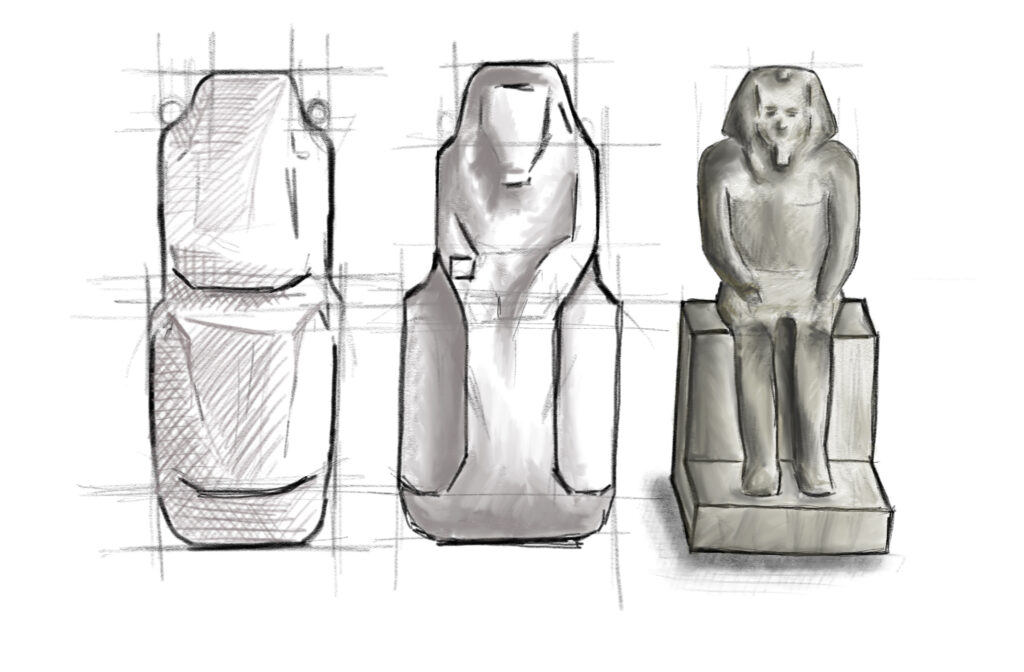Complex engineering problems requiring meaningful solutions are always highly multidisciplinary.
A ‘three-stage sculpture’ approach is the key.
Consider you are a sculptor wanting to create a statue of a seated figure.
Where do you begin?
The eyes and eyelids? Ear lobes? Hair?
Of course not; you would first begin with a rough outline of the face and body shape.
Then you’d slowly add in more details like cheekbones, arms and legs. Maybe you might adjust your original idea because you realised something isn’t quite as planned. Maybe you made an error. Maybe you ran out of time.
You would then begin adding the finer details and intricacies considering what works best for the entire sculpture, regardless of your original design intentions.

In my experience, successful engineering solutions, especially those that carry the biggest impact on society, require an analogous approach.
When formulating solutions to complex, interdisciplinary problems, jumping straight to intricacies will never truly solve the problem; it will only partially satisfy specific stakeholders.
From my experience of engineering and design projects in academia and in industry, I like to always begin by considering the project through a wide angled lens. What is the most important outcome? Who will actually benefit from solving the problem? From this, each discipline can be zoomed in upon without ever loosing sight of the overall goal. Iteration is inevitable as each discipline is usually linked to many others and design parameters often live within feedback loops. Changes should always be an option and details should never be added in until all disciplines are at the same progression level.